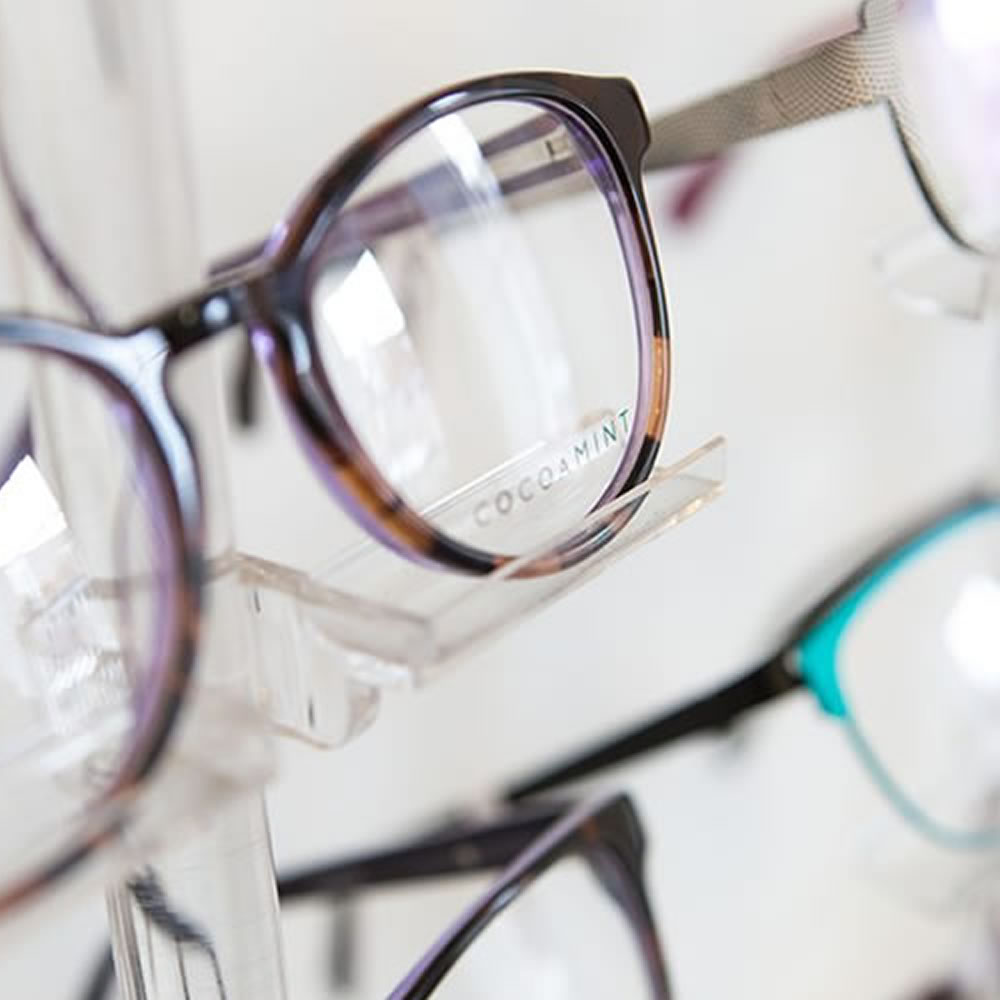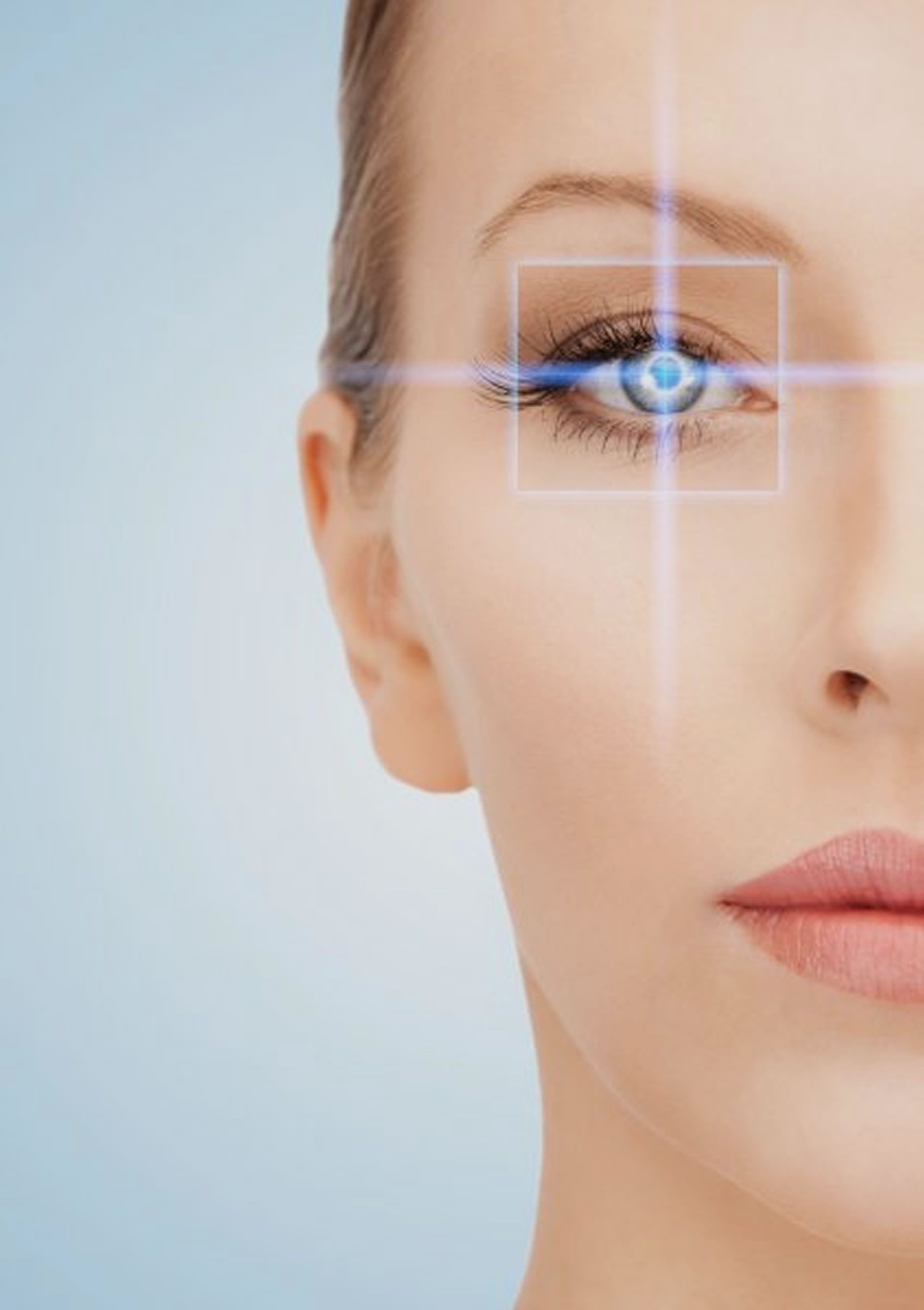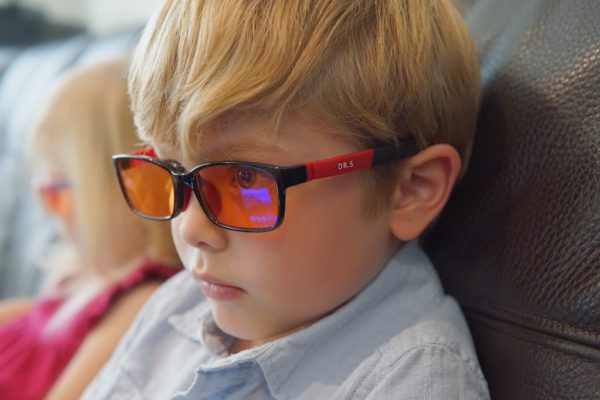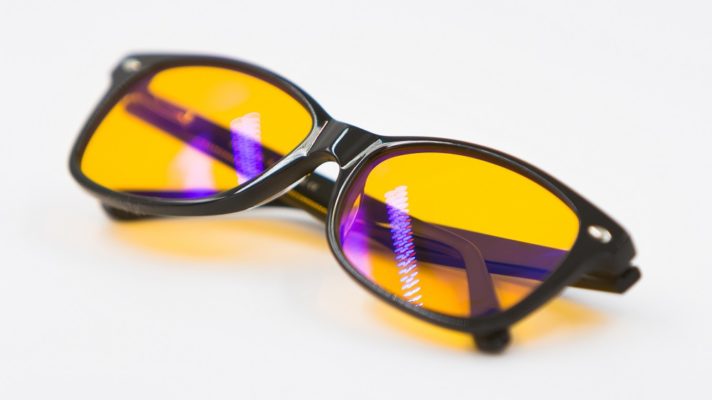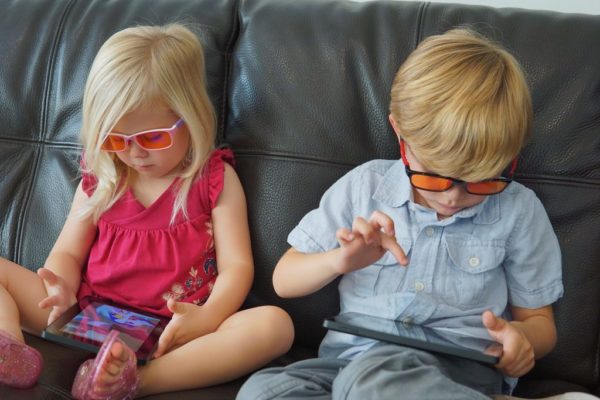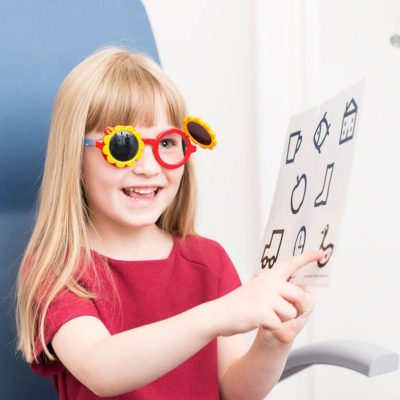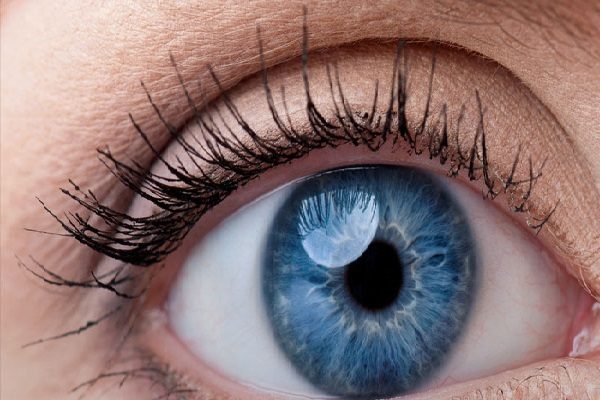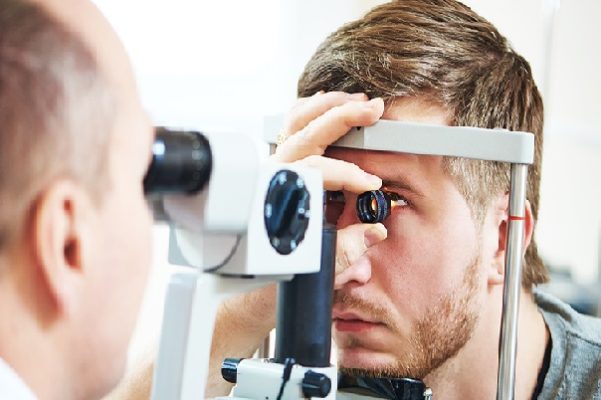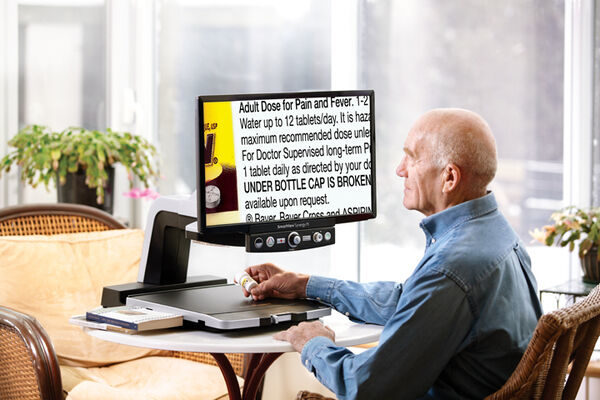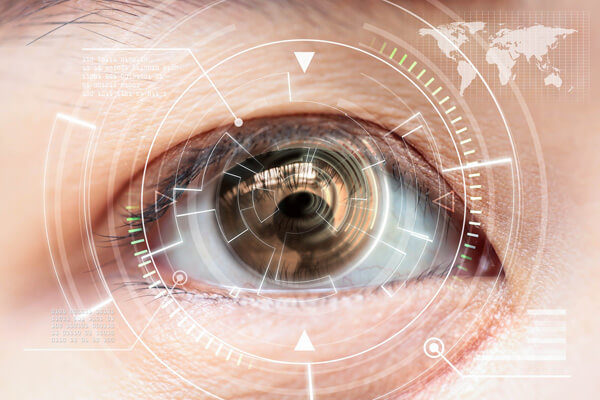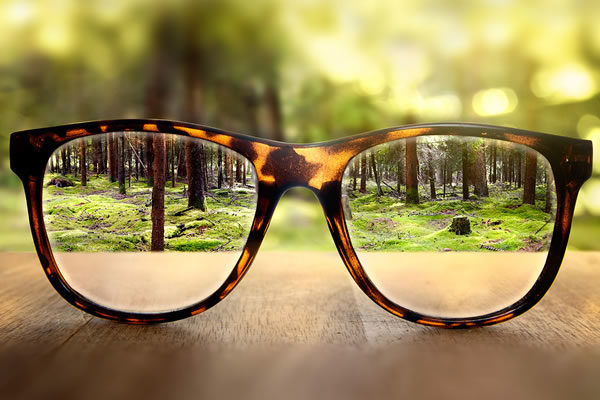How Does Blue Light Affect Us?
Excessive exposure to visible blue light has been suggested to cause eye strain, and to potentially promote sleep dysfunction due to a shift in circadian phase with nighttime blue light exposure.Given the frequency and duration of digital device use in modern society, blue‐light exposure should be a public health concern. It could also put them at risk of developing cataracts and macular degeneration later on.
Blue‐light filtering lenses, also termed ‘blue‐blocking’ lenses, selectively attenuate the transmission of both UV light (involving wavelengths in the 200 to 400 nm range), and short‐wavelength visible light (including violet light: 380 to 440 nm and blue light: 440 to 500 nm).
Blue-blocking lenses improve visual performance, alleviate symptoms of visual fatigue and eye strain, improve sleep quality and protect the macula.
YOU SHOULD INVEST IN COMPUTER GLASSES FOR KIDS
For children today, screen media is consumed from a very young age due to the growing use and presence of digital devices in their day-to-day lives. A 2017 study
reveals that among children 8 and younger:
- 42% own tablet devices — a massive increase from only 7% four years ago and less than 1% in 2011.
- 98% live in a household with some mobile device and TV.
- 49% watch TV or play video games in the hour before bedtime.
- All spent an average of 2 hours and 19 minutes a day with screen media.
Experts predict that digital devices will continue to become a bigger part of kids’ lives in the future.
WHAT IS BLUE LIGHT?
Within the spectrum of light that is visible to the human eye, blue light is defined as electromagnetic radiation with wavelengths ranging from 380 to 500 nm. See the diagram.
A light that looks white can actually have a large component of light from the blue end of the wavelength spectrum.
In comparison with red light (700 nm) at the opposite end of the visible light spectrum, blue light rays have shorter wavelengths and, therefore, more energy. In fact, blue light is considered high-energy visible (HEV). In terms of energy, it is the most powerful form of visible light.
WHERE ARE KIDS EXPOSED TO BLUE LIGHT?
Blue light is everywhere. The most natural source of blue light is the sun. When light from the sun travels through the atmosphere, the shorter, high-energy blue wavelengths collide with the air molecules and cast blue light all over the place. This is why the sky looks blue.
THERE ARE ALSO MANY ARTIFICIAL SOURCES OF BLUE LIGHT:
- LED Light
- Compact Fluorescent Light (CFL) Bulbs
- Fluorescent Light
- Flat Screen LED Televisions
- Computer Monitors
- Smartphones
- Tablets
Blue light exposure from artificial sources, such as digital devices, is small in comparison to the amount of natural exposure from the sun. However, due to the proximity of screens and the length of time spent looking at them, the long-term effects of blue light exposure from digital devices is a more serious concern, especially for children. Children’s eyes absorb more blue light than adults’ when using digital devices.
BENEFITS OF BLUE LIGHT
After all that has been said about the dangers of overexposure to blue light, you may be surprised to learn that some blue light, especially from the sun, is essential for good health in adults and children.
BLUE LIGHT IS BENEFICIAL TO OUR HEALTH IN THE FOLLOWING WAYS:
- Boosts alertness
- Helps memory and cognitive function
- Elevates mood
- Regulates circadian rhythm – the body’s natural wake and sleep cycle
- Treating seasonal affective disorder (SAD)
- Promotes the growth and development of the eyes
- Mitigates myopia or nearsightedness
When it comes to digital devices and the consumption of screen media, the danger stems from the proximity of the eyes to the source of blue light and the timeframe of exposure. Maintaining a healthy level of blue light exposure for your kids is all about finding a balance. Living in an environment with little to no blue light is almost impossible and unhealthy for a variety of reasons. Overexposure to blue light is also harmful, especially to the eyes. To find this reasonable balance, it is helpful to understand why blue light can irritate and damage your children’s vision. Let’s look at how blue light directly affects the human eye.
HOW DOES OVEREXPOSURE TO BLUE LIGHT AFFECT YOUR CHILD’S VISION?
The human eye is incredibly good at filtering many of the visible and invisible light rays that it encounters on a daily basis. But unlike the majority of light rays that hit our eyes, all visible blue light passes through the cornea and lens and reaches the retina.
HEV blue light is the most dangerous light for the retina. It can significantly harm retinal cells over time and penetrate the macular pigment found in the eye.
The risk of blue light damaging retinal cells and the macular pigment is greater among young children due to the underdeveloped protective structure of the eye from birth to the age of 7. During these early years of eye development, a child’s pupils are larger, and the lenses are clearer. This allows for greater amounts of blue light to enter the eyes of young children.
While the eye is developing, consistent exposure to blue light for long periods of time can increase the risk of your child suffering daily irritation and long-term damage.
Chronic exposure to blue light can lead to:
- Digital Eye Strain
Due to their short-wavelength and high energy, blue light scatters more easily than other visible light. As a result, your child’s eyes are working harder to focus, which causes digital eye strain.
Symptoms include blurry vision, difficulty focusing, headaches, dry and irritated eyes, and neck and back pain.
- Disrupted Circadian Rhythm
While boosting our attention, reaction, and mood during the day, exposure to blue light at night or just before bed can be problematic for children. Blue light is helpful to a kids’ natural wake cycle, but detrimental to their sleep cycle. Exposure to blue light a couple of hours before bedtime can suppress the body’s production of melatonin and delay deep REM sleep.
Sleep is vitally important for growing children and blue light exposure can hamper their ability to get a good night’s rest.
- Age-Related Macular Degeneration (AMD)
Children who are overexposed to blue light, particularly when the eye is still developing, have a greater risk of suffering from macular degenerations, glaucomas, and retinal degenerative diseases. Damaged retinal cells and macular pigment can lead to permanent damage or loss of vision.
There is good news for you and your kids, though! There are solutions that can help protect your child’s vision from the harmful effects of blue light.
SHOULD YOU BUY COMPUTER GLASSES FOR YOUR KIDS?
Making an effort to decrease the amount of time your kids spend in front of computers, TVs, smartphones, and tablets will certainly help limit their exposure to blue light. Ensuring your children take frequent breaks and limit their screen media consumption is a solution, but it is not always practical or easy to enforce.
Digital devices are not just a luxury, but a necessity in our present day and age. Preschools and K-12 are utilizing digital and screen technologies for educational purposes every day. Screen media consumption will only become a bigger part of kids’ lives with each passing year. As a result, limiting your child’s time with devices that emit blue light is not always possible. In this circumstance, you should consider purchasing computer glasses for your children.
Computer glasses for kids are specially designed to block blue light from digital devices. Giving your children blue light blocker glasses will virtually eliminate the effects of digital eye strain and significantly reduce the risk of AMD and other retinal degenerative diseases.
Whether we like it or not as parents, we know kids will always want to be on the latest device playing games and talking with friends, so why aren’t we protecting their eyes while they do so? The benefits of blue blocking glasses have been researched and proven to reduce dry eyes, eye strain, and the risk of eye disease. Your child will also get a better night’s sleep using blue light glasses during the day. Finding the best blue light blocking glasses for kids can be difficult but Dr. S’s kids computer glasses make the decision easy. The temple of these blue light blocking glasses for kids is soft and flexible, allowing them to fit as your child grows. The blue blocker glasses from ELEAN block 99% of blue light, unlike other brands.
REASONS WHY KIDS SHOULD WEAR BLUE LIGHT BLOCKING GLASSES:
- Supports a consistent sleep schedule
- Protects the retina from eye damage
- Doubles as sunglasses to protect against blue light and harsh UV rays
- Reduces eye strain and fatigue
- Prevents symptoms of dry eyes
- Protects eyes from radiation
- Allows for damage-free development of eyes as child grows
- Clearer vision with anti-glare and anti-reflective coating
- Prevents general eye damage when using tablets and phones
- And more!

